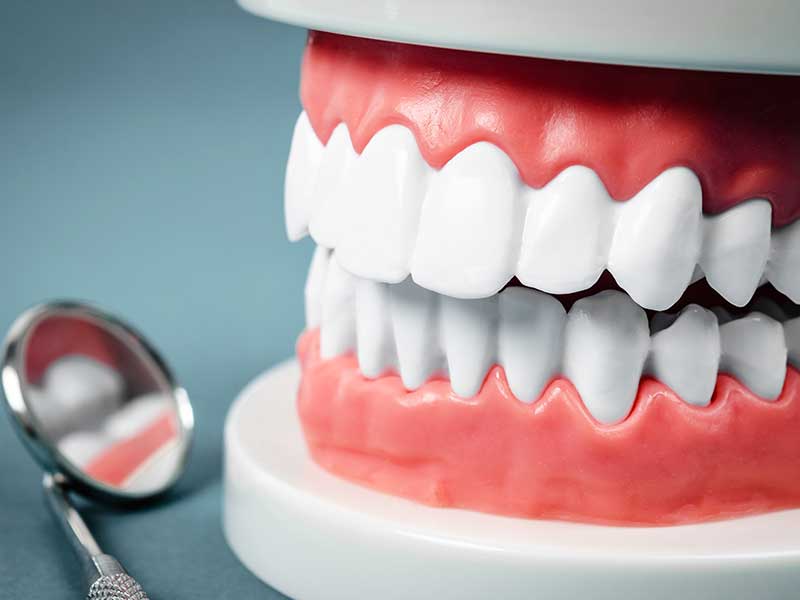The term “bonding teeth” can refer to various forms of tooth-colored filler repairs or multiple teeth. With bonding, only a tiny bit of tooth structure has to be removed. Composite resin is the official name for this substance. However, it’s more commonly referred to as composite.
The composite material attaches or bonds to the natural tooth structure, thus “bonding.” Specific faults can be restored in the most conservative manner possible using composite materials. Chipped front teeth can be repaired with composite bonding, as can minor gaps between teeth.
Completely cover (or veneer) an entire tooth to improve its aesthetic appearance. For the most part, composite bonding necessitates minor enamel contouring or surface roughening. In any case, there are a few things to think about before starting a composite bonding project.

Preferred Form:
Your dentist will be able to perfectly replicate the contour of your natural tooth with composite bonding. We want you to be the only one who knows about any dental work done on these teeth outside you and your dentist.
Suppose, On The Other Hand, That You Dislike The Way Your Teeth Naturally Look?
Before getting started, talk to your dentist about any concerns or goals you have. If you’d like a different tooth form, rotation, or alignment, we can help. It’s possible that composite bonding will fall short of your expectations.
Preferred Shade:
Before getting composite bonded to your teeth, think about the color you want them to be. The composite filling material, as previously mentioned, has a tooth-colored appearance. Because composite resins come in so many hues, we can precisely match the shade of your natural teeth while placing them. Nothing else needs to be taken into account if your teeth are already the desired shade.
The composite material cannot be made any lighter by using a bleaching agent. After getting bonding done on a front tooth, you’d be unhappy if you went ahead and whitened your teeth afterward. While the tooth structure around the bonding became whiter, the filling remained the same color.
Because of this, the bonding would be a darker shade and no longer match properly. Before having any cosmetic dental treatment done, you should whiten your teeth if you want to.
Habits That Aren’t Necessary But Are Still There:
For the most part, tooth parafunction involves opening or tearing something with your teeth. A parafunctional habit is when you habitually use something other than what it was designed to do.
Using the teeth for purposes other than chewing and speaking is one example of this. Bobby pins are frequently held and opened using the teeth of hairstylists. Anglers have been known to cut fishing lines using their teeth. These are destructive behaviors that don’t serve any use.

Bruxism:
The teeth absorb these powerful energies. Scientifically speaking, clenching and grinding of the teeth are known as bruxism. It’s a very typical issue for grown-ups to have. A healthy, natural tooth can crack, chip, or break when a person has bruxism. After that, it’s simple to crack, shatter, or break the tooth-colored composite applied to it.
If you’re aware that you clench or grind your teeth regularly, you should get treatment. It entails applying tremendous pressure to the jaw muscles while squeezing them. Make an appointment with your dentist right away, and be sure to sleep with a protective nightguard. This will guard against detrimental biting pressures harming the composite bonding.
The most effective Maryland dental clinic is the one for you To speak with a representative, dial (301) 756 1139.

